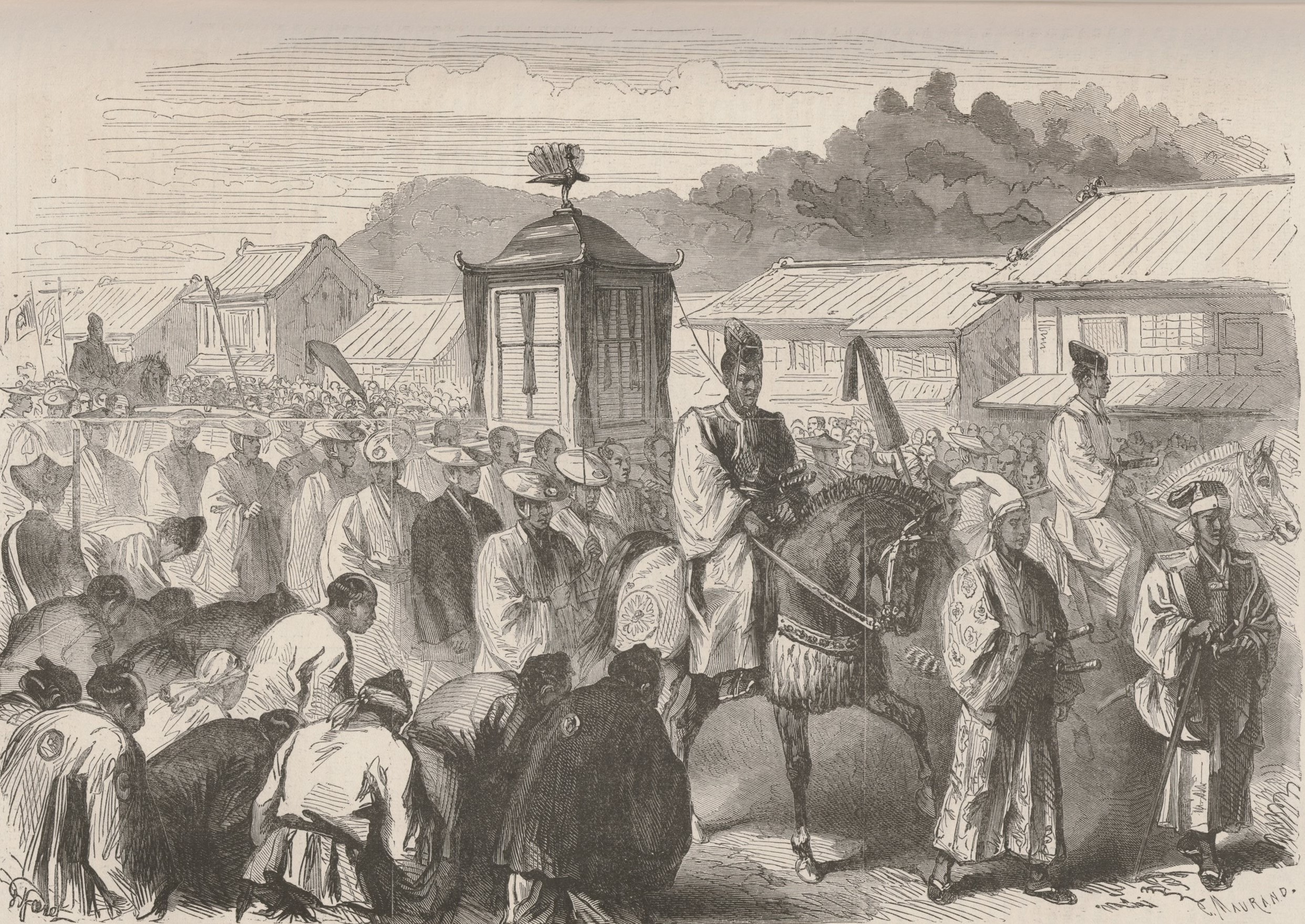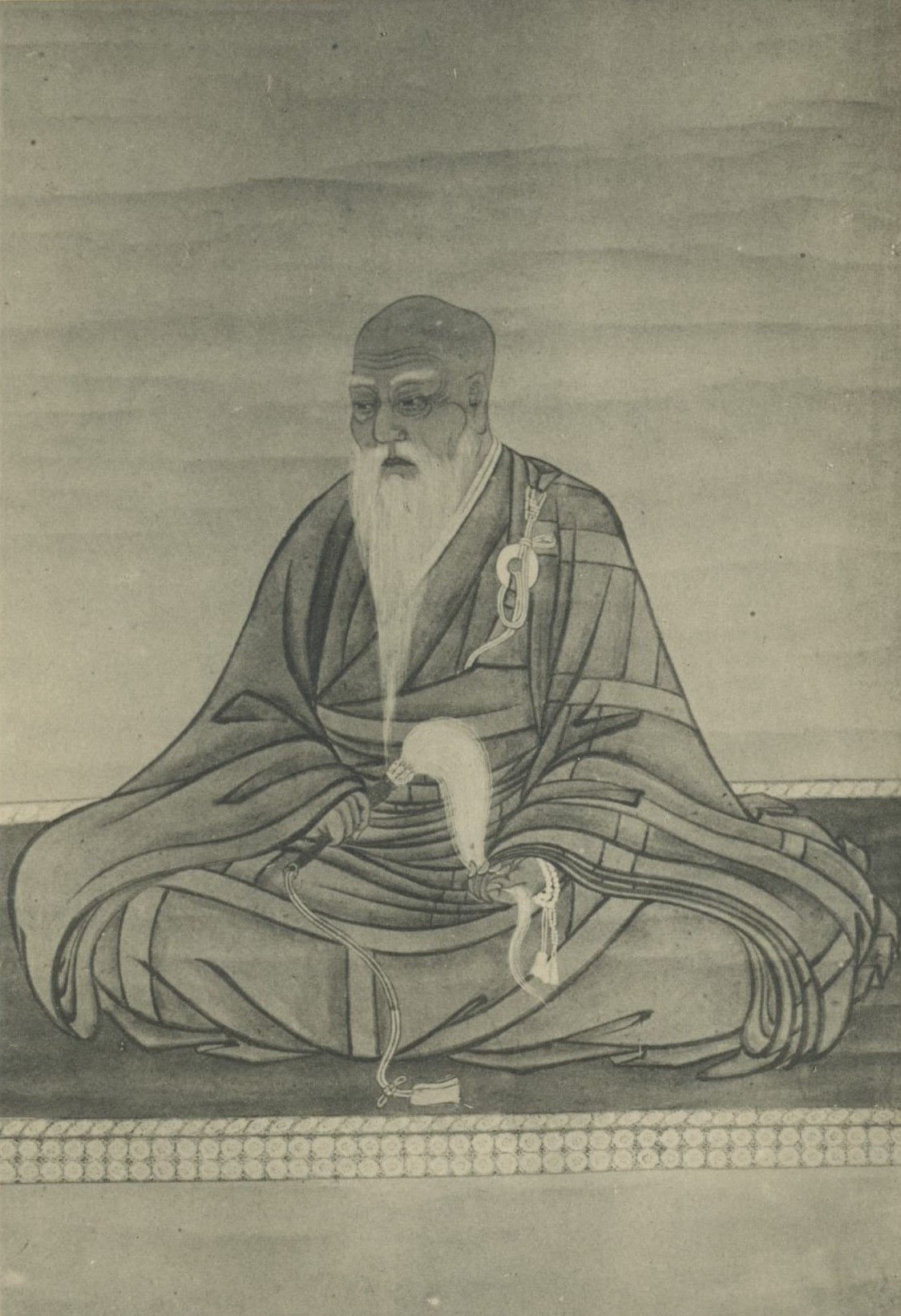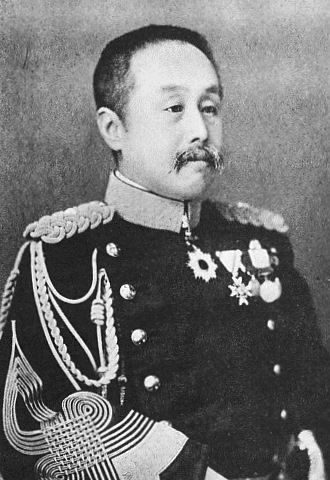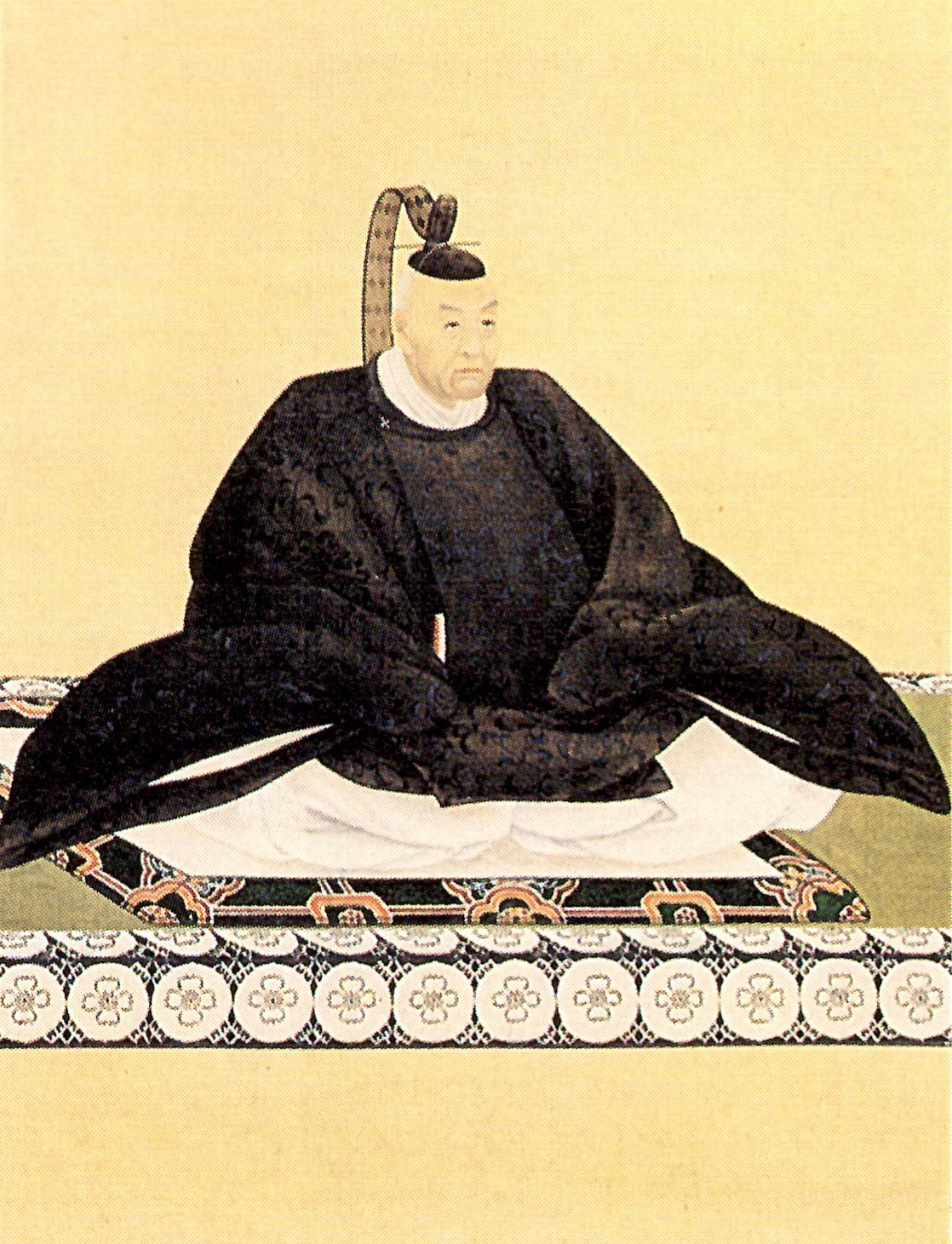|
Takatsukasa Sukehiro
, son of regent Masamichi, was a ''kugyō'' or Japanese court noble of the late Tokugawa shogunate and early Meiji periods. He held a regent position kampaku in 1863. After his biological son Sukemasa died young, he adopted a son of Kujō Hisatada, Hiromichi. In August 1872 he retired, and in November 1878 he died at age 70. References * * Japanese Wikipedia The is the Japanese-language edition of Wikipedia, a free, open-source online encyclopedia. Started on 11 May 2001, the edition attained the 200,000 article mark in April 2006 and the 500,000 article mark in June 2008. As of , it has over ar ... 1807 births 1878 deaths Fujiwara clan Takatsukasa family {{Japan-noble-stub ... [...More Info...] [...Related Items...] OR: [Wikipedia] [Google] [Baidu] |
Takatsukasa Masamichi
was a Japanese court noble of the late Edo period. He held the regent A regent (from Latin : ruling, governing) is a person appointed to govern a state ''pro tempore'' (Latin: 'for the time being') because the monarch is a minor, absent, incapacitated or unable to discharge the powers and duties of the monarchy, ... position of kampaku from 1823–1856. Biography Masamichi was born the son of regent Takatsukasa Masahiro. He served as kampaku from 1823–1856. In 1856, at the Ansei Purge, he was prosecuted and later became a priest. He had a son, Sukehiro, with the daughter of the seventh head of Mito Domain Tokugawa Harutoshi. One of his daughters married the 13th head of Tokushima Domain Hachisuka Narihiro. References * * Japanese Wikipedia 1789 births 1868 deaths Fujiwara clan Takatsukasa family {{japan-noble-stub ... [...More Info...] [...Related Items...] OR: [Wikipedia] [Google] [Baidu] |
Kugyō
is the collective term for the very few most powerful men attached to the court of the Emperor of Japan in pre- Meiji eras. The term generally referred to the and court officials and denoted a court rank between First Rank and Third Rank under the '' Ritsuryō'' system, as opposed to the lower court nobility, thus being the collective term for the upper court nobility. However, later on some holders of the Fourth Rank were also included. In 1869, following the Meiji Restoration, the court nobility and daimyo were merged into a new peerage, the '' kazoku''. Overview The ''kugyō'' generally refers to two groups of court officials: * the ''Kō'' (公), comprising the Chancellor of the Realm, the Minister of the Left, and the Minister of the Right; and * the ''Kei'' (卿), comprising the Major Counsellor, the Middle Counsellor, and the Associate Counselors, who held the court rank of Third Rank or higher. History The ''kugyō'' originated from the Three Lords an ... [...More Info...] [...Related Items...] OR: [Wikipedia] [Google] [Baidu] |
Late Tokugawa Shogunate
was the final years of the Edo period when the Tokugawa shogunate ended. Between 1853 and 1867, Japan ended its isolationist foreign policy known as and changed from a feudal Tokugawa shogunate to the modern empire of the Meiji government. The major ideological-political divide during this period was between the pro-imperial nationalists called and the shogunate forces, which included the elite swordsmen. Although these two groups were the most visible powers, many other factions attempted to use the chaos of to seize personal power.Hillsborough, ''page # needed'' Furthermore, there were two other main driving forces for dissent: first, growing resentment on the part of the (or outside lords), and second, growing anti-Western sentiment following the arrival of Matthew C. Perry. The first related to those lords whose predecessors had fought against Tokugawa forces at the Battle of Sekigahara in 1600, after which they had been permanently excluded from all powerful posi ... [...More Info...] [...Related Items...] OR: [Wikipedia] [Google] [Baidu] |
Meiji Period
The is an era of Japanese history that extended from October 23, 1868 to July 30, 1912. The Meiji era was the first half of the Empire of Japan, when the Japanese people moved from being an isolated feudal society at risk of colonization by Western powers to the new paradigm of a modern, industrialized nation state and emergent great power, influenced by Western scientific, technological, philosophical, political, legal, and aesthetic ideas. As a result of such wholesale adoption of radically different ideas, the changes to Japan were profound, and affected its social structure, internal politics, economy, military, and foreign relations. The period corresponded to the reign of Emperor Meiji. It was preceded by the Keiō era and was succeeded by the Taishō era, upon the accession of Emperor Taishō. The rapid modernization during the Meiji era was not without its opponents, as the rapid changes to society caused many disaffected traditionalists from the former samu ... [...More Info...] [...Related Items...] OR: [Wikipedia] [Google] [Baidu] |
Sesshō And Kampaku
In Japan, was a title given to a regent who was named to act on behalf of either a child Emperor before his coming of age, or an empress regnant. The was theoretically a sort of chief advisor for the Emperor, but was in practice the title of both first secretary and regent who assisted an adult Emperor. For much of the Heian period (794–1185), the and were the effective rulers of Japan, with little, if any, effective difference between the two titles, and several individuals merely changed titles as child Emperors grew to adulthood, or adult Emperors retired or died and were replaced by child Emperors. The two titles were collectively known as , and the families that exclusively held the titles were called ( family). After the Heian period, shogunates took over the power. Both and were styled as (or in historical pronunciation; translated as "(Imperial) Highness"), as were Imperial princes and princesses. A retired was called , which came to commonly refer to To ... [...More Info...] [...Related Items...] OR: [Wikipedia] [Google] [Baidu] |
Takatsukasa Sukemasa
, son of regent Sukehiro, was a ''Kugyō'' or Japanese court noble of the late Tokugawa shogunate and early Meiji periods. Among his consorts was a daughter of Hachisuka Narihiro, the thirteenth head of Tokushima Domain. In September 1867 he died at age 19. References * * Japanese Wikipedia The is the Japanese-language edition of Wikipedia, a free, open-source online encyclopedia. Started on 11 May 2001, the edition attained the 200,000 article mark in April 2006 and the 500,000 article mark in June 2008. As of , it has over ar ... 1849 births 1867 deaths Fujiwara clan Takatsukasa family {{Japan-noble-stub ... [...More Info...] [...Related Items...] OR: [Wikipedia] [Google] [Baidu] |
Kujō Hisatada
, son of Nijō Harutaka, was a ''kuge'' or Japanese court noble of the Edo period (1603–1868). He was adopted by his brother Suketsugu as his son. He held a regent position kampaku from 1856 to 1862, and retired in 1863, becoming a buddhist monk. Family * Father: Nijō Harutaka * Mother: Higuchi Nobuko * Wife: Karahashi Meiko (1796–1881) * Concubine: unknown * Children: ** Empress Dowager Eishō by Meiko ** Kujō Michitaka by Meiko ** Matsuzono Hisayoshi by Concubine ** Tsurudono Tadayoshi (1853–1895) by Concubine ** Takatsukasa Hiromichi , son of Kujō Hisatada and adopted son of Takatsukasa Sukehiro, was a kazoku Duke of the Meiji period who served in Imperial Japanese Army The was the official ground-based armed force of the Empire of Japan from 1868 to 1945. It was contr ... by Concubine ** Nijō Motohiro by Concubine * Adopted son: Kujō Yukitsune (1823–1859) adopted by Meiko Ancestry Title References * 1798 births 1871 deaths Fujiwar ... [...More Info...] [...Related Items...] OR: [Wikipedia] [Google] [Baidu] |
Takatsukasa Hiromichi
, son of Kujō Hisatada and adopted son of Takatsukasa Sukehiro, was a kazoku Duke of the Meiji period who served in Imperial Japanese Army The was the official ground-based armed force of the Empire of Japan from 1868 to 1945. It was controlled by the Imperial Japanese Army General Staff Office and the Ministry of the Army, both of which were nominally subordinate to the Emperor .... Nobusuke and Nobuhiro were his sons. Family His son was Toshimichi Takatsukasa (d. 1966), who was married to Kazuko Takatsukasa (1929-1989; formerly Kazuko, Princess Taka). They had no children, but adopted a son named Ogyū-Matsudaira, Naotake. References * (the source claims that he was adopted by Takatsukasa Masamichi, while the other source (that is, w:ja:鷹司煕通) says he was actually adopted by Takatsukasa Sukehiro.) * Japanese Wikipedia 1855 births 1918 deaths Fujiwara clan Takatsukasa family {{japan-noble-stub ... [...More Info...] [...Related Items...] OR: [Wikipedia] [Google] [Baidu] |
Japanese Wikipedia
The is the Japanese-language edition of Wikipedia, a free, open-source online encyclopedia. Started on 11 May 2001, the edition attained the 200,000 article mark in April 2006 and the 500,000 article mark in June 2008. As of , it has over articles with active contributors, ranking fourth behind the English, French and German editions. As of June 2020, it is the world's most visited language Wikipedia after the English Wikipedia. History In March 2001, three non-English editions of Wikipedia were created, namely, the German, Catalan and Japanese Wikipedias. The original site address of the Japanese Wikipedia wahttp://nihongo.wikipedia.comand all pages were written in the Latin alphabet or romaji, as the software did not work with Japanese characters at the time. The home page also showed an early attempt at creating a vertical text. The first article was named "Nihongo no Funimekusu" (meaning "Phonemics of the Japanese language"). Until late December in that year, there we ... [...More Info...] [...Related Items...] OR: [Wikipedia] [Google] [Baidu] |
Konoe Tadahiro
Prince Senior first rank , son of Motosaki, was a ''kugyō'' or Japanese court noble of the late Edo period (1603–1868). He held a regent position kampaku from 1862 to 1863. His consort was Shimazu Kyoko, an adopted daughter of Shimazu Narioki, tenth head of Satsuma Domain. With her he had sons Tadafusa and Atsumaro, who was later adopted by Tadafusa as his son. He adopted a daughter of Shimazu Nariakira, named Atsuko or Atsuhime, who was a daughter of the Shimazu Imaizumi branch. After adoption Atsuhime changed her name to Fujiwara no Fumiko, and later she became a consort of Tokugawa Iesada and took the name Tenshōin. Following the Meiji Restoration The , referred to at the time as the , and also known as the Meiji Renovation, Revolution, Regeneration, Reform, or Renewal, was a political event that restored practical imperial rule to Japan in 1868 under Emperor Meiji. Although there were r ..., he was granted the title of prince. Honors ''Translated from the artic ... [...More Info...] [...Related Items...] OR: [Wikipedia] [Google] [Baidu] |
Nijō Nariyuki
was a Japanese ''kugyō'' (court noble) of the late Edo period and the early Meiji period. He was the last '' kampaku'' regent in Japanese history and the last ''sesshō'' as a subject. He was the 26th head of the Nijō family. Life Nijō Nariyuki was born as the second son of Minister of the Left, Nijō Narinobu. He held regent positions ''kampaku'' from January 31, 1864 to January 30, 1867 and ''sesshō'' from February 13, 1867, to January 3, 1868. He adopted a son of Kujō Hisatada who became known as Nijō Motohiro Prince , was a Japanese nobleman who served the Meiji government as a court official and member of House of Peers. Biography Nijō Motohiro was born in Kyoto as the eighth son of Kujō Hisatada. He was adopted by Nijō Narinobu, another of the .... He also had son Nijō Masamaro. References * 1816 births 1878 deaths Fujiwara clan Nariyuki {{japan-noble-stub ... [...More Info...] [...Related Items...] OR: [Wikipedia] [Google] [Baidu] |
.jpg)






